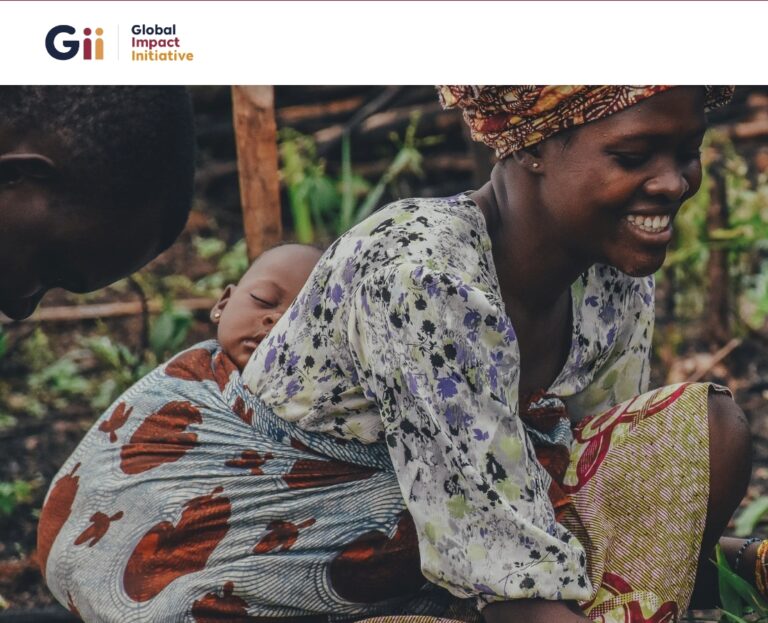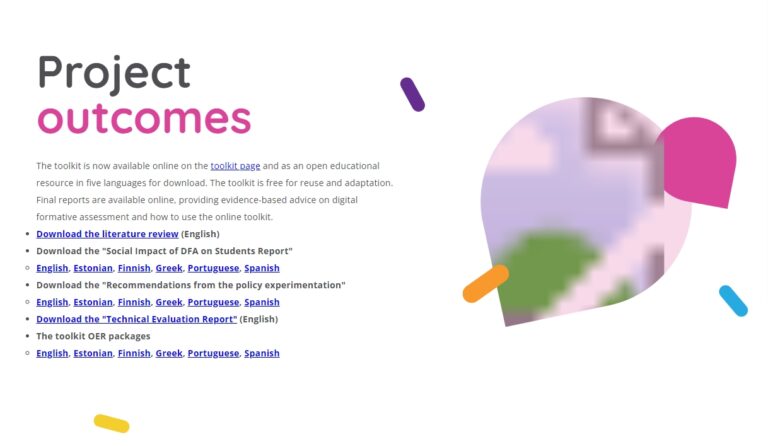In 2014, Vergara v. California became the latest in a long line of U.S. court cases to confront the issue of educational equity. Since
Brown v. Board of Education in 1954, policymakers and practitioners have voiced concerns about persistent and widespread disparities
in K–12 education, particularly those that impact disadvantaged students (McNeil & Blad, 2014).
With increasingly diverse student populations, educational equity is a bigger challenge than ever for public schools across the United
States. The National Center for Educational Statistics estimates that by 2023, students of ethnic minority backgrounds will comprise
55 percent of the U.S. public school population (NCES, 2015). Further, as of 2013, low-income students became the majority in U.S.
public schools. In 21 states, at least 50% of all students qualify for free or reduced-price lunch (Southern Education Foundation, 2015).
The effects of student poverty in K–12 schools is profound, as an increasing number of American public school children are enrolled
in districts with concentrated poverty (Baker, Sciarra, & Farrie, 2012). The lack of distribution of well-trained teachers and challenges
related to preparing and supporting educators compound these issues and raise multiple questions regarding educational equity.
In response, states and districts are working to identify and analyze root causes of equity gaps to determine appropriate strategies
to close them. Additionally, the U.S. Department of Education has prioritized No Child Left Behind waivers, Race to the Top, and
discretionary grants to raise student achievement and close gaps. Continuing efforts to improve access to quality teachers for all
students include the U.S. Department of Education’s Excellent Educators for All State Educator Profiles. These profiles show states
where districts have equity gaps that may contribute to achievement gaps and identify districts that have successfully closed such gaps
(U.S. Department of Education, 2014a).
However, these efforts are hampered by a limited body of research-based best practices and strategies that help close equity gaps.
To tackle educational equity challenges within the United States, therefore, additional rigorous thinking and research on the most
effective approaches are required.
Focusing on Educator Equity Gaps
From early childhood to post-secondary education, educational equity is a multidimensional issue. This brief provides an overview
for policymakers on one aspect of educational equity: addressing equity gaps for vulnerable student populations through educator
effectiveness. Specifically, three components of educator effectiveness will be examined: recruiting and distributing effective educators;
supporting and retaining teachers through targeted professional development; and improving educator evaluation practices to address
equity gaps for vulnerable student populations. Essential questions to consider and policy recommendations appear at the end of the brief.
The U.S. Department of Education cites a number of possible root causes of educator equity gaps. These include:
Connect with us :






